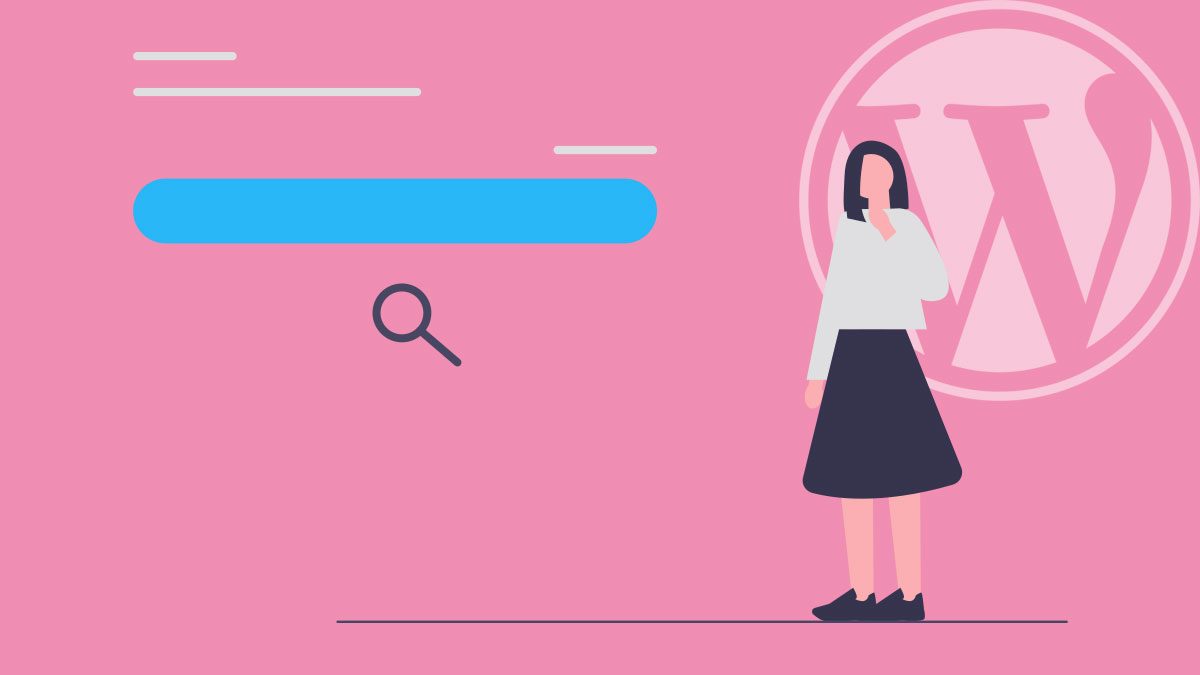Make WordPress pages load faster
Please note: This is a check-list, with some brief notes. Be prepared to do a bit of googling and self-teaching. Although this is primarily aimed at those with a higher level WordPress skills – beginners who are eager to learn should also get something out of this.
Why should your websites pages load quickly?
1. Google includes page speed into their ranking algorithm. A slow website may take a penalty hit in Google Ranking.
2. Studies show that you have on average 3 seconds to capture a first time visitor interest – or else they will move onto another site.
3. The better the experience of a website visitor, the more likely they are to share your website with others.
WordPress is amazing out-of-the-box – and is already optimised for efficiency and speed – However, after we install a handful of plugins, and use a hefty Theme with customised CSS etc. – We pollute the brilliant WordPress platform with a series of Scripts and other considerations that a web browser must interpret and display.
Sometimes we just can’t live without our plugins, or that awesome Theme – so here are some steps you can take to make WordPress pages faster.
A fast host
Sometimes the biggest contributor to WordPress slowness is the Server that hosts your website. You can fix everything else, however, server response time might always be the bottleneck. You can pay more for a “WordPress Optimised” hosting provider – Although, any quality host that will monitor and pro-actively reduce lag causing affects will sometimes be enough.
Tip: Google “WordPress Hosting” to learn more.
A solid theme
Many WordPress themes might look nice, but they are coded poorly – (you get what you pay for in this respect). Some themes offer too much and attempt to be an “All In One” solution – the extra unused features can bog down a website. Make sure you use a theme with only the features you require. It’s best to choose a popular Premium Theme that has proven to provide ongoing updates and support. If you do want to use a Theme which includes many superfluous features you are not likely to use – you can de-register these by editing the functions.php in your child theme.
A better caching plugin
A good Caching plugin can drastically improve page load times. Snug Site recommends replacing the default ‘WP Super Cache’ with ‘W3 Total Cache’. The latter offers much more functionality and customisation of your caching requirements.
A CDN
A CDN (Content Delivery Network) takes your static files – like Images and css – and stores them on various servers around the world. This can ensure that files are available for download in a location closer to the website visitor.
This is the most potent tool in making WordPress pages load faster. We recommend Cloudflare.
Minify
A good CDN or Caching plugin will allow you to Minify your CSS, Javascript, and HTML. This process essentially involves compacting code to reduce the time it takes to download, parse, and execute.
Tip: Enable Minification through the Cloudflare CDN. If you don’t want to use a CDN, enable Minification through W3 Total Cache.
Optimize images
You should never use an image on your website that is greater than 500kb in file size. You can also install the WordPress Plugin “WP Smush.it” to further reduce the file size of images without losing image quality.
Clean Homepage
The Homepage is usually the first place visitors will arrive – and if this page takes a long time to load – you will lose them.
A clean and focused design will not only look good, but load quicker as well.
Optimised database
Use a Database optimisation plugin to keep your unneeded revisions, comments, and database table overhead. Always backup your website prior to running a tool of this kind.
Tip: We recommend WP-Optimize.
Prevent “hotlinking”
Hotlinking is when another website directly links to images on your site. This means that someone else is using your bandwidth and possibly slowing down your website.
This can best be achieved by editing your .htaccess file.
Tip: Google “.htaccess prevent hotlinking”
LazyLoad
LazyLoad means that only images we can see on screen (above the fold) are being loaded – and when your visitor scrolls down, the other images load just before coming into view.
This will not only speed you page loads, it can also save bandwidth by loading less data for users who don’t scroll all the way down on your pages.
Snug Site installs a jQuery management tool to make WordPress pages faster.
Tip: “BJ Lazy Load” is a good plugin, however there are a few others out there.
Limit Post revisions
WordPress will store every single Draft and Revision indefinitely – this can eventually cause some lag. That’s why we install the “Revision Control” plugin and set it to only keep the last 2 revisions – this is enough to fall back on in case of a mistake.
Disable pingbacks and trackbacks
WordPress can interact with other Blogs that are equipped with pingbacks and trackbacks. This means that every time another website mentions you, it will update the data on your website.
[dt_divider style=”thin” /]
There are many factors that can contribute to a slow WordPress website. Use the Google PageSpeed Insights tool – any score above 85 is good. If you fall below that score, time to run through this check-list!




